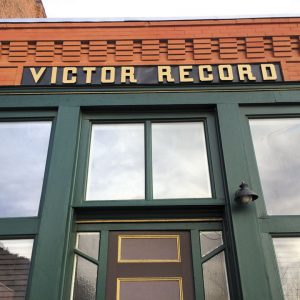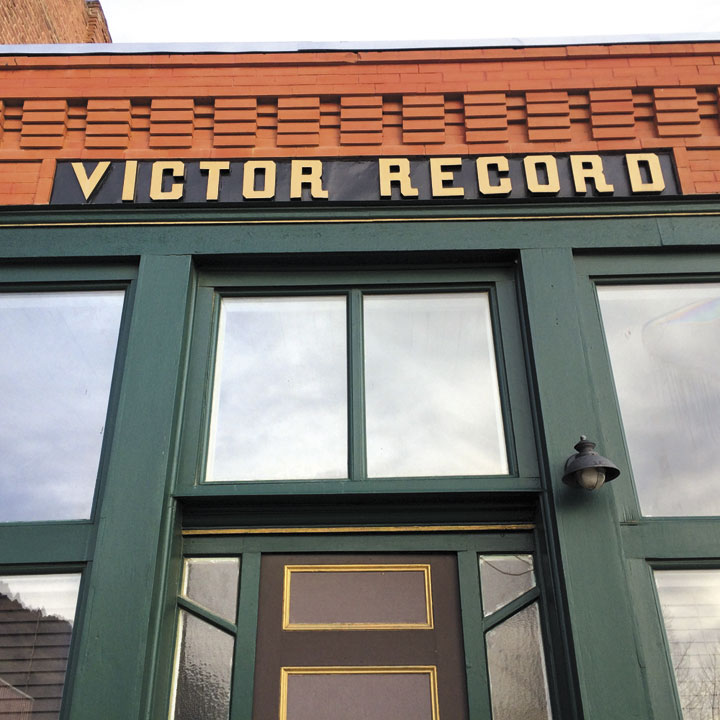By Mike Rosso
Victor, Colorado, is not on the way to anywhere else. To get there requires dedicated purpose.
Those arriving for the first time will discover a time capsule of a town, a place that seems left behind from the modern world, yet still occupied by a hearty citizenry, who seem to prefer living at the proverbial end of the road.
The discovery of gold in the region in 1890 led to the creation of Victor in 1891, the “City of Mines,” along with neighboring Cripple Creek. At its peak around the turn of the century, there were nearly 18,000 residents in Victor and it was once the fourth-largest city in Colorado, but after World War I, the town saw a steep decline due to a labor war, depleted ore and the exodus of miners. The 2010 census has the town at around 397 souls.
In 1985, Victor was designated a national historic district, which led to the arrival of tourists. In 1991 Colorado voters allowed for legalized gambling to occur in certain towns in Colorado and nearby Cripple Creek became one of them, but the residents of Victor opted out, which is one of the reasons the town has maintained its charm and not become an old West facade for casinos like its neighbor to the northwest. Many employees of Cripple Creek’s casinos call Victor home. The Cripple Creek and Victor Mine still operates near town and is the largest current producer of gold in Colorado.
Walking the streets of the town, one is struck by the historic architecture, some of it crumbling, and some in the process of restoration. There is no Starbucks here, but evidence of its mining past is everywhere, in and on the outskirts of town.
The town is home to the Victor Lowell Thomas Museum, at the corner of 3rd Street and Victor Avenue, named after its famous son, the journalist and radio announcer. Thomas is also known as the war correspondent who met T. E. Lawrence, a captain in the British Army in Jerusalem during WWI. Thomas went on to document the captain who became known to the world as Lawrence of Arabia.

There are several shops, cafes and restaurants in the town but the anchor is the four-story Victor Hotel, built in 1899 and listed on the National Register of Historic Places. Photographers, artists, mining buffs and anyone interested in Colorado history should consider a visit to Victor. ?
[InContentAdTwo]
GETTING THERE:
From Cañon City, head east on U.S. Highway 50 to Highway 67 (Phantom Canyon Road) all the way up to downtown Victor.
From U.S. Highway 24, go south at Florissant on County Road 1 to Cripple Creek and on to Victor via Highway 67.
Another route is via U.S. Highway 50, just west of the Royal Gorge and heading north on Highway 9 and then east on County Road 102, through Guffey, then a left onto Teller County Road 11 then a right on County Road 1 into Cripple Creek and onto Victor. This route can be combined with the Phantom Canyon route to make a very scenic loop.



Though there is no Starbucks or McDonalds we love that about Victor. The town continues to push progress but if you ask long time residents, we like the slower progress. It keeps the numbers down to a manageable level and we know each other, or at least know someone regular. There is something comfortable about knowing who is living within your town area. We like knowing that the casino is 6 miles away, and the mine is over the hill. They both contribute to Victor’s livelihood but don’t dominate that living. We are rural and still wave as we go down the street. Keep it country.